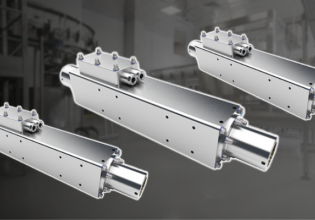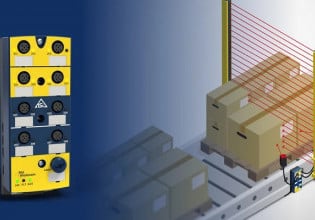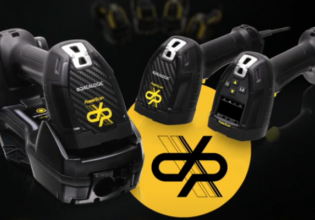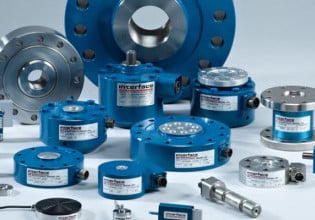What You Need to Know: Variable Frequency Drives (VFDs)
With precise control abilities to manage speed, torque, and direction, variable frequency drives remain one of the most common methods of driving 3-phase industrial motors. Below, we introduce a few leading VFD manufacturers.
Variable frequency drives (VFDs) remain one of the most common methods of driving 3-phase industrial motors. Although they are more complicated than simple on/off controls (usually using contactors and starters), the precise control abilities to manage speed, torque, and direction are unmatched by over-the-line starting methods.
Before purchasing the first readily available VFD, there are a few important design questions that must be answered. Just like with virtually every product line, most manufacturers create a variety of models to fit every imaginable situation. In order to select the right match, be sure to understand exactly what your design requires.

Figure 1. VFDs provide control to the system with local and remote control inputs. Image used courtesy of Canva
Input Voltage (Line Voltage)
Most VFDs are able to accept only one kind of input voltage. There are three important factors to consider in this aspect. The actual voltage range is the first factor, with as low as 120 V up to 575 V being common. The second factor is 1-phase versus 3-phase input. All VFDs are designed to provide a 3-phase output but can accept a wider variety of inputs. Finally, the voltage frequency should be considered. Fortunately, most models can use either 50 or 60 Hz, so the first two factors are generally the bigger decision.
Output Power (Motor Rating)
Along with the power rating of the motor (usually given in HP), the output voltage rating is equally important. Supplying the incorrect voltage to a motor can destroy it.
Input voltage and motor voltage do not need to match, and even a 120 V, 1-phase outlet can be used to power some VFDs, although it is generally not possible to find such VFDs that can power any motor larger than 1 HP.
Network Connectivity
Remote connection to VFDs is critical. Some models include built-in ports for various channels, including terminal blocks, DB9, RJ12, RJ45, and Coax to support all kinds of protocols like RS-232, Modbus, Ethernet, PROFINET, RS-485, etc. Be careful, as many manufacturers only include some (or even just one) of these by default, so you may need to purchase add-on communication cards. Some VFDs are limited in what networks are possible.
Drive Mode
VFDs may be optionally set to drive the motor with different strategies depending on the application—volts per hertz (V/Hz) and vector control being the most common. Vector control also goes by terms including sensorless vector control (SVC) and other similar terms. Manufacturer WEG even designates a unique ‘Voltage Vector WEG' (VVW) strategy.
Parameters
VFDs allow the user to provide specific control details: ramp rates, network addresses, motor amperage limits, and many, many others. Different models will provide access to different parameters, but it is common for even the most basic VFDs to allow plenty of detail. User manuals will always provide parameter listings and defaults.
Frame and Rating
As simple as it may sound, the box around the VFD components is a significant factor in the design process. Motors operate in some harsh environments, and it is necessary in many cases to consider IP ratings, chassis sizes for cooling, and openings for dust and contaminants. For large drives, the VFD itself consumes a significant amount of floor space.
VFD Manufacturers
The following list highlights just a few of the VFD manufacturers, each with products that match proprietary systems and programming software.
ABB
ACS Series and MEGADRIVE

Schneider
Altivar Series

Siemens
SINAMICS Series

Rockwell (Allen-Bradley)
PowerFlex Series

Mitsubishi
FREQROL FR Series

WEG
CFW and MVW Series

Control Techniques (Nidec)
Commander S and Unidrive Series

Yaskawa
Industrial AC Drives

SEW Eurodrive
MOVIFIT and MOVIMOT Series

Fuji Electric
FRENIC Series

(All images used courtesy of the respective manufacturer)
This product roundup list outlines many of the manufacturers that offer product lines to fit the bill. This list intentionally avoids rating by order of top products, as each has specific advantages for certain situations. It is, however, intended to provide a starting point for research to weigh your needs versus the cost—costs which may not be available without a specific quote from a vendor or manufacturer.
We invite you to add your own feedback to this list, and if you are a manufacturer of this type of product and wish to be added, please simply reach out to ‘[email protected]’. We are happy to add quality products to compare, and as the landscape of technology evolves, we are always excited to learn about new manufacturers to add to the list.
Can’t get enough of motors and VFDs?






